Investing in a water jet cutting system opens up opportunities for enhanced precision, speed, capability and versatility in manufacturing. To maximize this potential, it's crucial to gain a solid understanding of the factors that drive efficiency, productivity, quality and profitability. Some of the system elements that can maximize the benefit a water jet system brings to the bottom line include options like 3-axis or 5-axis cutting, mid-rail or high-rail systems, the intensifier pump size, maintenance, filtration systems, abrasive type, grit size, and more. You’ve trained your operators in safe control and use of the system and are ready to cut.
For abrasive water jet cutting, selecting the right orifice and nozzle combination is critical to process optimization. These will allow one to find the correct balance of edge finish, cutting speed, cutting accuracy while minimizing scrap loss – all of which have an impact on your bottom line. Let’s explore.
The Anatomy of an Abrasive Water Jet Cutting Head
 An abrasive water jet cutting head has several components working together to combine the high-pressure water stream generated by the intensifier pump with the abrasive media in order to deliver this to the workpiece to perform the material processing operation. Key components include:
An abrasive water jet cutting head has several components working together to combine the high-pressure water stream generated by the intensifier pump with the abrasive media in order to deliver this to the workpiece to perform the material processing operation. Key components include:
- Ultra-High-Pressure (UHP) Water Control Valve: This pneumatically actuated valve controls the incoming ultra-high-pressure water, stopping the flow or allowing it to pass through the cutting head on command.
- Orifice: The orifice is the opening through which the water enters the abrasive mixing chamber. The size of the orifice combined with the operating pressure will determine the water flow rate (gallons per minute) used in the cutting process.
- Abrasive Inlet: This is the entry for the garnet abrasive coming from the metering hopper, going into the mixing chamber.
- Mixing Chamber: As the name suggests, this chamber is where the abrasive is drawn into and mixed with the water stream before exiting through the abrasive nozzle.
- Abrasive Nozzle (Focusing Tube): This nozzle delivers the water/abrasive stream to the workpiece.
Selecting the Right Orifice
 The heart of an orifice is a hardened jewel material with a very small through-hole that determines how much water will be delivered to the work piece. Orifices are classified by the type of jewel and the inside diameter (I.D.) of the through-hole. Common jewel materials include sapphire, ruby, and diamond, as well as synthetic options.
The heart of an orifice is a hardened jewel material with a very small through-hole that determines how much water will be delivered to the work piece. Orifices are classified by the type of jewel and the inside diameter (I.D.) of the through-hole. Common jewel materials include sapphire, ruby, and diamond, as well as synthetic options.
Sapphire and Ruby Orifices:
- Advantages: Cost-effective and suitable for light-duty applications, these two gems are equivalent from a performance and cost standpoint.
- Disadvantages: These gems have a high rate of wear combined and increased risk of chipping and or cracking, leading to relatively short overall component lifespan.
Synthetic Orifices:
- Advantages: These mid-grade orifices use a lab-made gem as an alternative to natural diamond. They offer significantly increased life (approximately 5-10x) compared to ruby & sapphire options while at a lower cost compared to natural diamond orifices.
- Disadvantages: Do not contain the carbide insert backing used with natural diamond orifices meaning the housing does not have the same durability and the overall lifetime is approximately 50-70% less than natural diamond.
Diamond Orifices:
- Advantages: Natural diamond orifices are the top of the line when it comes to overall performance. The gem has incredible wear resistance properties, and the housing uses a protective carbide backer to increase lifetime of the mount. They are increasingly popular in high-volume shops as well as for heavy-duty applications due to their reliability, significantly longer life, and lower operating costs per hour over their lifetime.
- Disadvantages: More expensive unit cost than sapphire / ruby or synthetic diamond options.
For a given operating pressure the intensifier pump will have a maximum water flow rate that the unit is able to generate (based on the horsepower of your intensifier pump). The orifice’s I.D. combined with the operating pressure governs the volumetric flow rate of water (as measured in gallons per minute, or “GPM”) delivered to the workpiece. The correct functioning of the system requires that the I.D. of the orifice installed not allow a greater water flow rate than the pump can produce (a smaller orifice can be selected, but a larger orifice will not work). For a single cutting head application, the maximum orifice size can be determined from a simple table (see below). For multi-cutting head applications, the sum total volumetric flow rate from all orifices being supplied by the pump cannot exceed the pump’s maximum flow rate.
Orifice Sizing Table
Follow these steps to determine the maximum allowable orifice size from the table below:
- Choose the operating pressure (psi) column the pump will be set to for the cut
- Work down the operating pressure (psi) column until you arrive at the highest pump flow rate (gpm) that does not exceed the rating of the pump you are utilizing
- The value in the leftmost column is the maximum orifice I.D. that can be used
Operating Pressure (psi) & Flow Rates (gpm)
|
Orifice I.D. (Inches) |
Operating Pressure (psi) x 1,000 |
|
||||||||
|
20 |
25 |
30 |
35 |
40 |
45 |
50 |
55 |
60 |
|
|
|
0.010 |
0.30 |
0.33 |
0.36 |
0.39 |
0.42 |
0.44 |
0.47 |
0.49 |
0.51 |
Pump Flow Rates (gpm) |
|
0.011 |
0.36 |
0.40 |
0.44 |
0.47 |
0.51 |
0.54 |
0.57 |
0.59 |
0.62 |
|
|
0.012 |
0.43 |
0.48 |
0.52 |
0.56 |
0.60 |
0.64 |
0.67 |
0.71 |
0.74 |
|
|
0.013 |
0.50 |
0.56 |
0.61 |
0.66 |
0.71 |
0.75 |
0.79 |
0.83 |
0.86 |
|
|
0.014 |
0.58 |
0.65 |
0.71 |
0.77 |
0.82 |
0.87 |
0.92 |
0.96 |
1.00 |
|
|
0.015* |
0.66 |
0.74 |
0.81 |
0.88 |
0.94 |
1.00 |
1.05 |
1.10 |
1.15 |
|
|
0.016 |
0.76 |
0.85 |
0.93 |
1.00 |
1.07 |
1.13 |
1.20 |
1.25 |
1.31 |
|
|
0.017 |
0.85 |
0.95 |
1.05 |
1.13 |
1.21 |
1.28 |
1.35 |
1.41 |
1.48 |
|
|
0.018 |
0.96 |
1.07 |
1.17 |
1.27 |
1.35 |
1.43 |
1.51 |
1.59 |
1.66 |
|
|
0.019 |
1.07 |
1.19 |
1.31 |
1.41 |
1.51 |
1.60 |
1.69 |
1.77 |
1.85 |
|
|
0.020* |
1.18 |
1.32 |
1.45 |
1.56 |
1.67 |
1.77 |
1.87 |
1.96 |
2.05 |
|
|
0.021 |
1.30 |
1.46 |
1.59 |
1.72 |
1.84 |
1.95 |
2.06 |
2.16 |
2.25 |
|
|
0.022 |
1.43 |
1.60 |
1.75 |
1.89 |
2.02 |
2.14 |
2.26 |
2.37 |
2.47 |
|
|
0.023 |
1.56 |
1.75 |
1.91 |
2.07 |
2.21 |
2.34 |
2.47 |
2.59 |
2.70 |
|
|
0.024 |
1.70 |
1.90 |
2.08 |
2.25 |
2.40 |
2.55 |
2.69 |
2.82 |
2.95 |
|
|
0.025 |
1.85 |
2.06 |
2.26 |
2.44 |
2.61 |
2.77 |
2.92 |
3.06 |
3.20 |
|
|
0.026 |
2.00 |
2.23 |
2.44 |
2.64 |
2.82 |
2.99 |
3.16 |
3.31 |
3.46 |
|
Table Notes and Examples
*For Example, the flow rates provided in the table above are for a single orifice. A 50 hp pump operating at 55k psi, capable of producing 1.10 gpm, could utilize an orifice with an I.D. of up to .015 inch. A 100 hp pump operating at 55k psi, capable of delivering in excess of 1.96 gpm, could be used with a .020 inch I.D. orifice.
When a multiple-orifice setup is used, the total flow rate must be calculated by adding the individual flow rate for each of the orifices. For example, a motion system using four 0.010” orifices at 55k psi requires a flow rate of four times 0.49 GPM, or 1.96 gpm total.
Choosing an orifice with too large an I.D. effectively asks the pump to deliver a greater water flow rate than it is rated for. This creates what is known as an over-cycle condition where the piston attempts to cycle too fast. The pump PLC senses this event and shuts down the pump to prevent unwanted wear and tear. While technically there is no minimum orifice size that can be used, it is unusual to see sizes below 0.005”.
Selecting Your Abrasive Nozzle
 Once you have selected the orifice size, the next step is to match it with the appropriate abrasive nozzle size for optimal performance. Too small of a nozzle, especially when high garnet use is desired, can lead to clogs. Too large of a nozzle will mean the stream is not focused as efficiently as possible and cut quality or efficiency may be impacted. A general rule is to choose a nozzle I.D. approximately three times larger than the orifice I.D. – for specific applications variance from this guideline can be appropriate.
Once you have selected the orifice size, the next step is to match it with the appropriate abrasive nozzle size for optimal performance. Too small of a nozzle, especially when high garnet use is desired, can lead to clogs. Too large of a nozzle will mean the stream is not focused as efficiently as possible and cut quality or efficiency may be impacted. A general rule is to choose a nozzle I.D. approximately three times larger than the orifice I.D. – for specific applications variance from this guideline can be appropriate.
Nozzles come in standard lengths of 2”, 3”, and 4”, with a 4” nozzle being the default for 5-axis abrasive cutting. Nozzle quality grade and nozzle length both impact cut quality and accuracy, as well as component wear life. Higher grade and longer nozzles have a higher piece part cost, but there is an easily demonstrated return for this investment when considering total annual part cost as well as an increased equipment uptime due to less frequent replacement.
A smaller nozzle & orifice I.D. means less water flow and typically lower garnet usage rate, leading to a smaller stream diameter. This provides greater precision when it is needed. For example, these combinations are often used when cutting intricate shapes and/or when a higher cut/finish quality on thinner materials are required. The downside of the smaller stream is a lower material removal rate which results in a slower cutting speed. A larger I.D. combination allows higher water flow and increased rate of abrasive delivery, which yields a larger stream with less precision but faster cutting speed – this can be especially important for thicker material cutting applications.
Balancing Cutting Rates, Cut Quality, and Costs
Operational efficiency involves balancing speed, cut quality, and consumable costs. Testing and data tracking are essential for identifying the most appropriate setups for various applications. In addition, the quality grade and grit size of the garnet can have a dramatic impact on the first-cut finish. We cover garnet types and considerations in detail here and here.
Use the following metrics for evaluation:
- Cutting Feed Rate: Measured in inches per minute, this metric defines the speed of the process and will drive the cycle time needed to complete cuts on various materials.
- Precision: Requirement for accuracy & detail of cut features as well as cut edge quality.
- Consumable Longevity: Lifespan of orifices, nozzles and other components.
Material properties, such as type, hardness and thickness, combined with application requirements, must be considered when selecting the best orifice and nozzle combination; ultimately this allows some discretion on behalf of the user for which combination is selected for a given process. Through our decades of experience, we’ve found that a .014” / .040” (orifice / nozzle) is a good standard combination for metals cutting.
A good approach is to build a cutting rate table for tracking past parameters and applications results, to be used as a guide for future reference. A simple example of this is illustrated below.
|
Material Type |
Material Thickness (in) |
Orifice / Nozzle Combination |
Water Pressure (PSI) |
Cut Speed (IPM) |
Observations / Results |
|
|
|
|
|
|
|
|
|
|
|
|
|
|
|
|
|
|
|
|
|
|
|
|
|
|
|
|
Got a Tough Cut?
When faced with challenging projects, don’t hesitate to seek expert guidance. Jet Edge’s application engineers specialize in helping clients optimize their setups for unique cutting needs. Contact us to discuss your materials, project specifications, and issues, and we’ll recommend the best solutions.
Explore More in Our Blog Library and Comprehensive Video Collection
We’ve packed Jet Edge’s Resource Center with valuable insights to enhance your operations, including solutions for everyday challenges, strategies to improve cutting efficiency, and tools to maximize system longevity, including:
- Maintenance and training videos.
- Case studies showcasing innovative solutions.
- Best practices blog for maximizing water jet performance.
Ready to elevate your water jet cutting capabilities? Speak with one of our regional experts today by calling 1-800-JET-EDGE (538-3343), +1-763-497-8700 internationally, or visiting our website.
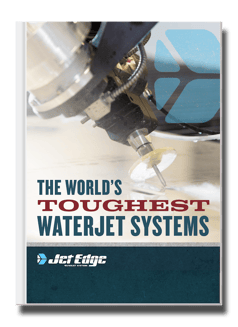
Check Out Our Digital Brochure!
Since 1984, Jet Edge has been designing and manufacturing Ultra-High-Pressure Water jet technology that doesn't back down. Our systems are used around the world in a broad range of industries from the world's leading airlines, to automotive, aerospace and industrial manufacturers, and machine job shops.
To learn more about the Jet Edge difference, our water jet motion systems, pumps and much more, click the button "Download Brochure" to get it now!

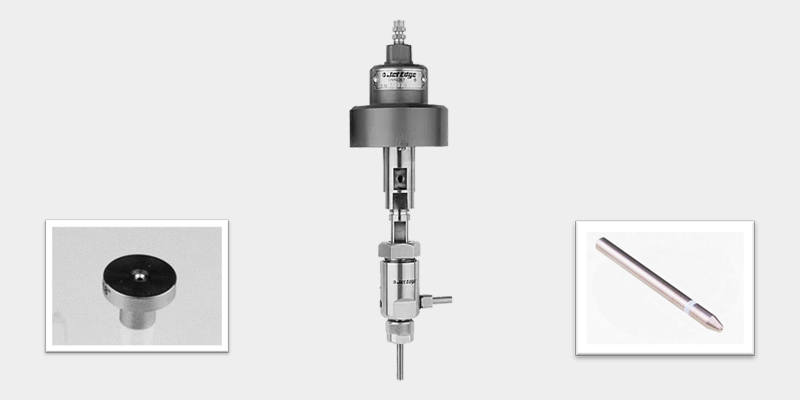

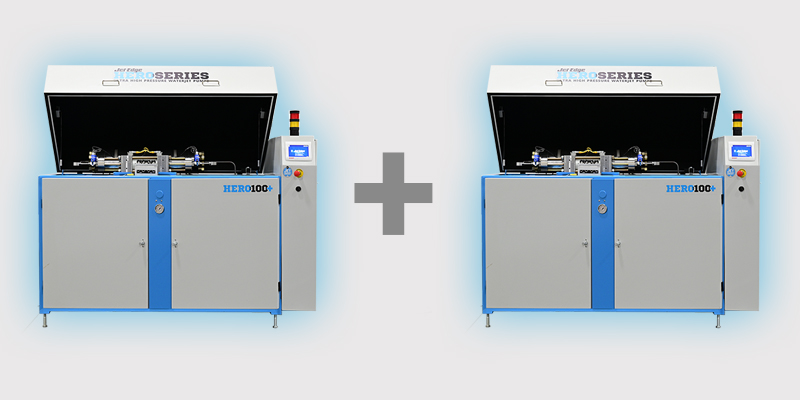

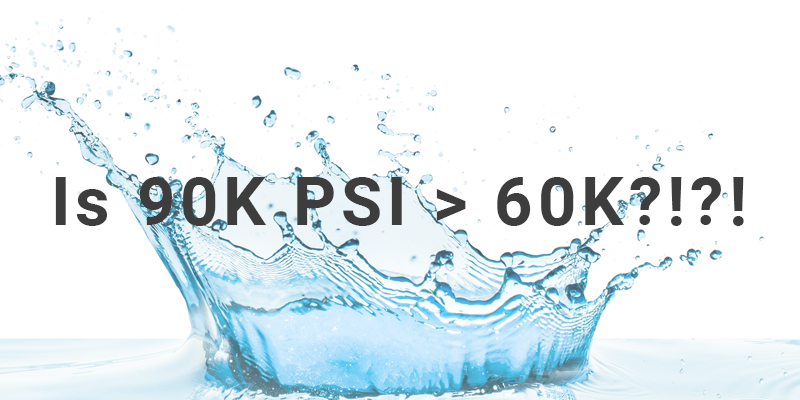
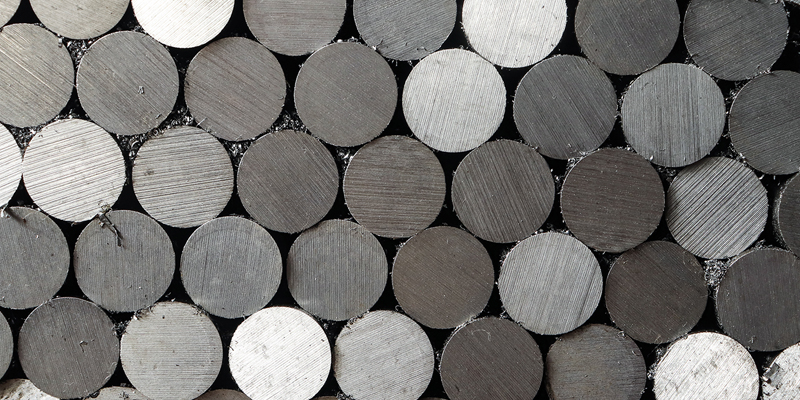
%20-%20Jet%20Edge%20Waterjets.png)



